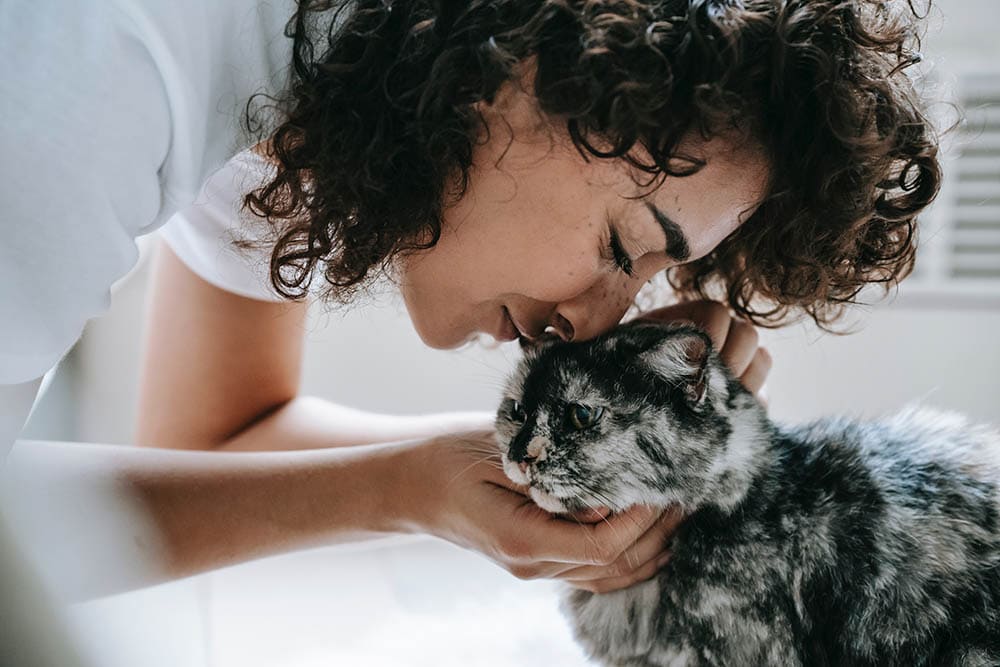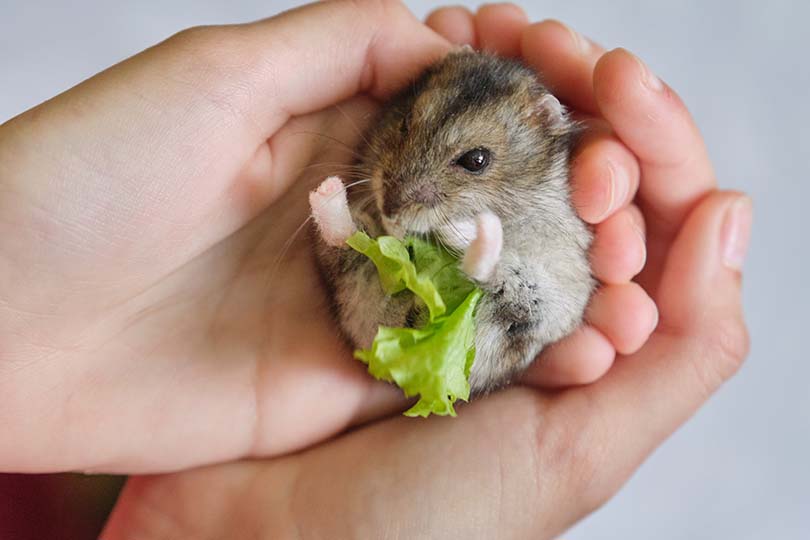VET APPROVED

The information is current and up-to-date in accordance with the latest veterinarian research.
Learn more »Click to Skip Ahead
If you have owned more than one cat, you know that they all like to be petted differently, but one area that seems to capture most felines’ attention is their ears. Many owners find that this is one of their cat’s favorite spots, but why do they enjoy it so much? It’s mainly because it feels good, as cats have a complex system of nerve endings and a web of blood vessels in their ears. Read on as we explore the science behind this sensation.

Understanding a Cat’s Anatomy
Cats have amazing ears that use a combination of muscles, nerves, and blood vessels to detect the softest sounds and even motion, making them vital tools for survival. They are also part of the way that felines communicate. Cats can move their ears in various directions to express emotions like curiosity, fear, or anger. The ears also contain scent glands that release pheromones that help them communicate with other cats.
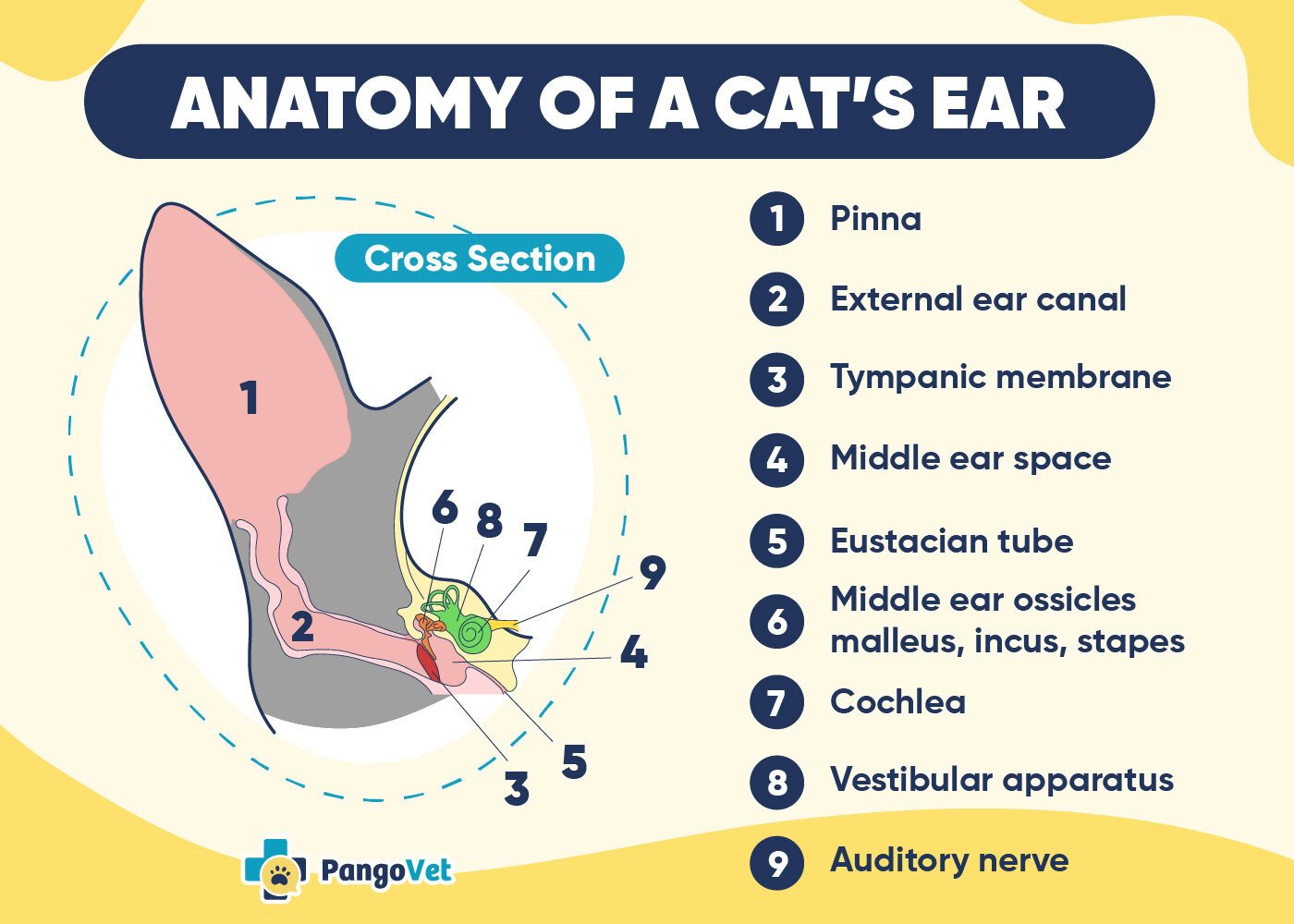
Why Do Cats Like Their Ears Rubbed?
Rubbing the ears, playing with your cat, and petting them may stimulate the release of endorphins and oxytocin, which are natural painkillers that can create a sense of pleasure and well-being. When you rub their ears, it may create a sensation of pleasure that’s felt throughout the body, help alleviate anxiety and stress, and promote relaxation. But of course, a lot of this information is still anecdotal, as it has not been confirmed by research. Still, current studies have shown that cuddling a cat is as beneficial to us as it is to the cat.1
Some cats may enjoy having their ears rubbed because they have an ear irritation or infection that is making their ears itchy. You are essentially reducing the itch by massaging the base of the ear canal. Some cats may be too uncomfortable to allow you to rub their ears, though. If you think your cat may have an ear infection, get them checked out by your vet.
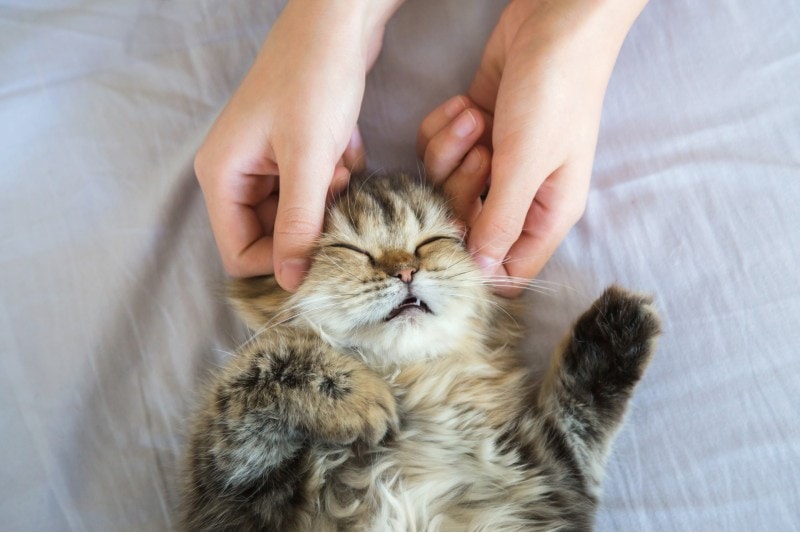
How to Rub a Cat’s Ears
Start by stroking the cat’s head and face before moving down to the base of the ears. Then, using your fingertips, gently massage the area behind the ears where the muscles are located. You can also gently rub the outer part of the ear while being careful not to twist it. Pay attention to your cat’s body language while you’re rubbing their ears. They will likely start twitching their tail or move away if they don’t like it. However, if they start to purr and lean into it, they are enjoying the experience, and you can continue as long as they allow it.
Other Ways to Please Your Cat
While rubbing your cat’s ears can be a great way to bond with them, remember that not all cats will like it. Each feline has a unique personality. Some like being petted along their backs and sides, while others prefer that you stick to their face. So, watch your cat’s body language carefully, and listen to their vocalizations to determine what they enjoy. If petting isn’t your cat’s thing, you can try providing them with toys, scratching posts, and other forms of enrichment to help keep them engaged.
We're big fans of using cardboard as a material for cat scratchers, which is why it's no surprise that our favorite scratcher, the Hepper Hi-Lo Cat Scratcher, is made with cardboard. With a durable, sturdy, and modern-looking birch plywood frame, this scratcher is designed to make both cats and their hoomans happy. You can set it up in three different ways, too, to keep your cat fit and entertained. Click here to learn more.
At PangoVet, we've admired Hepper for many years, and decided to take a controlling ownership interest so that we could benefit from the outstanding designs of this cool cat company!
Why Does My Cat Show Their Belly, Then Scratch Me?
Many cat owners have experienced the frustrating behavior of their pets showing their bellies and then scratching and biting them when they try to pet them. While it’s natural to think that the cat is just being contrary, this is a common behavior among felines. The belly is a vulnerable area, and most cats won’t let you touch it, even if it looks like they’re inviting you to do so. Some believe that the cat is showing you that they are submissive, and others think that the cat may have noticed that showing their belly is a good way to get your attention. The cat might simply have the urge to stretch as they relax from petting, or they may be grooming themselves.
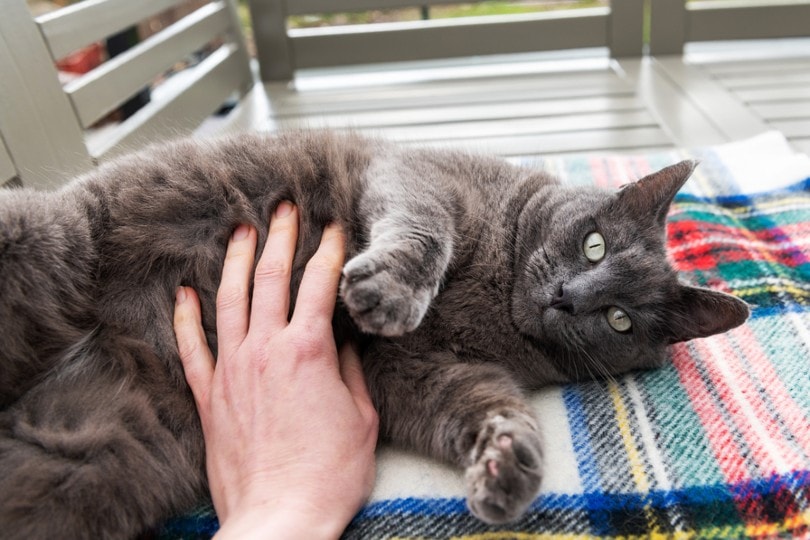
Ear-Rubbing Tips and Other Tricks
- When rubbing their ears, always be gentle, and never put your finger inside the ear, which may be uncomfortable for your cat and could spread bacteria that might lead to an ear infection.
- While rubbing your cat’s ears, take the opportunity to examine their head and ears for any scabs, wounds, redness, or discharge that may indicate an ear infection or an abscess requiring veterinary attention.
- Cats are natural hunters that need to engage in physical activity to stay healthy and happy, so set aside several minutes each day to encourage them to play.
- Providing your cat with a cozy bed, access to hiding spots, and a clean litter box will help them feel more relaxed and open to petting and ear rubbing.
- Keep up with regular vet visits to learn of any health issues before they become serious, as a healthy cat will be happier and more social.
- Cats are clean animals that are much happier with a clean litter box. You should have one litter box for each cat, plus one extra, and at least one litter box on each floor of the house.
- Cats are social animals that enjoy spending time with their owners, so be sure to give them regular attention.


Summary
While no one can be 100% sure why cats like their ears rubbed, it likely has to do with either the complex system of nerves and blood vessels in the ears that feel relaxed from the massage or the endorphins that rubbing their ears may release, which helps the cat feel calm. If they seem to be looking for you to get their ears rubbed, they could be trying to rub their pheromones on you to tell other cats that you are their property. Remember that not all cats like their ears rubbed, though, so you need to watch your cat’s body language when attempting it so you don’t get scratched or bitten.
- What Are Cat Pheromones – FELIWAY Shop
- Pheromone Therapy – Help and Advice with Cat Behaviour
- Self-soothing behaviors with particular reference to oxytocin release induced by non-noxious sensory stimulation – PMC
- Exploring women’s oxytocin responses to interactions with their pet cats – PMC
- Understanding your Cat’s Behaviour l Body Language | Medivet UK
- The Chemistry Between Humans & Pets
- The Friend Who Keeps You Young | Johns Hopkins Medicine
- The Healing Power of Cat Purring
- Effects of Interactions with Cats in Domestic Environment on the Psychological and Physiological State of Their Owners: Associations among Cortisol, Oxytocin, Heart Rate Variability, and Emotions
- Cats and Play – Cat Behaviour Advice | Cats Protection
- Reasons Why Cats Purr
Featured Image Credit: Kristi Blokhin, Shutterstock







